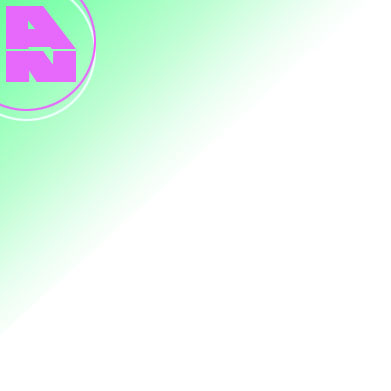


Welp, I find 3D modelling a daunting task for the first timer. Especially after overcoming all the fear of the interface! This tutorial is a reworking of the one that was before it. It serves as a rough guide on how to approach modelling anything. You need to plan. You need to get an idea on what it is you're trying to shape. Think of it more like modelling out of clay. If you were to do a face you would break things down into geometric shapes like spheres for eyes and a pyramid for a nose.
Take a look at this Starfighter model that I have above. I used reference to build on it...so should you too. There's a few ways to do it actually. One would be setting up photo reference where you would have a portrait and a profile to work off of as you build your fighter or you can use a pre-existing fighter model and build one off of that (WITH CREDIT GIVEN TO THE ORIGINAL MODEL MAKER OF COURSE) Consider it something like tracing, you don't want to 'ape' someone's work. But if you're only going to use it as a guideline for size and rough shape then most people would not have any problem. Honsetly, you're best bet is to use photo reference and build it that way to avoid any (ahem) Imperial entanglements. This is more philosophy than anything else since there no REAL right and wrong way to model as long as the end result is worth it, right?
Here's an idea of what the ship looks like to start off with...




Always keep changing the view of your model from front to side to top so as to ensure that every vertex is in place. You might think it looks cool then you rotate that puppy only to find that you need to tuck in the sides.
Remember, think in three dimensions not two or you'll be sorry.






